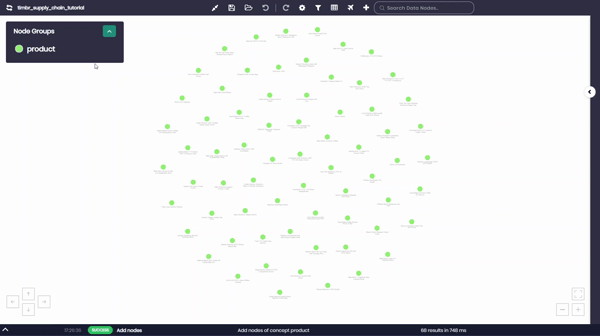Timbr.ai Partners with Databricks to Enable the Intelligent Semantic Delta Lake
Today we are thrilled to unveil our partnership with Databricks, a leading platform for large-scale data processing and analytics. This collaboration enables Databricks users to leverage Timbr’s robust capabilities, enhancing data management and analysis for more effective and efficient outcomes. As we begin this exciting journey, it’s crucial to understand
Boost Google Analytics 4 ROI with a Semantic Ontology
A standardized semantic model for Google Analytics 4 reduces the complexity of data handling and transforms it into an intuitive strategic tool that democratizes data access, allowing marketing and sales teams to gain insights into user interactions across digital platforms with minimal technical barriers. Introduction Google Analytics 4 (GA4) is
From Integration to Insight in Under 10 Minutes
https://timbr.ai/wp-content/uploads/2024/02/Int-To-Ins-10Min-Second-Edition-With-Soundtrack-2.mp4#t=,158 Introduction The journey from data integration to deriving insightful analytics is nowadays more challenging than ever for reasons familiar to any data practitioner. The process of connecting disparate data sources, modeling data and generating insights, is usually time-consuming, error-prone, and technically demanding, as it involves the implementation of complex
Timbr Automates Creation of Data Model Relationships
How does Timbr accelerate engineering of a semantic layer on top of data? In this part 2 of the series we discuss and demonstrate the bulk creation of relationships between the different entities created in the semantic model, to reduce SQL query size by up to 90% and explore data
Timbr Automates Intelligent Semantic Modeling of Data
How does Timbr accelerate engineering of a semantic layer on top of data? In this article, we explain Timbr’s advanced functionality that enables users to create virtual concepts and data mappings in bulk to provide meaning and unified metrics to data, fast and with minimal effort – without moving or
Timbr & Databricks Lakehouse Deliver an Insights First Architecture to Power Enterprise Data Consumption
Thanks to Rajesh Iyer, Global Head of AI & ML for Banking, Capital Markets, P&C, Life & Health Insurance at Capgemini for sharing the material used in this post. Introduction Timbr combines with Databricks over Lakehouse power the Insights First Architecture, which aims to enable enterprise data consumption patterns that


